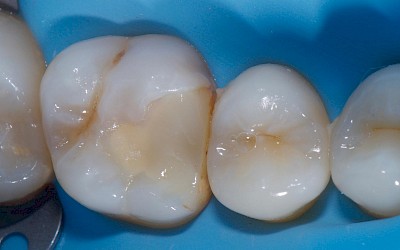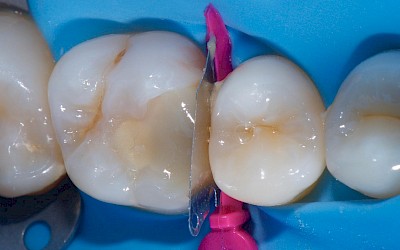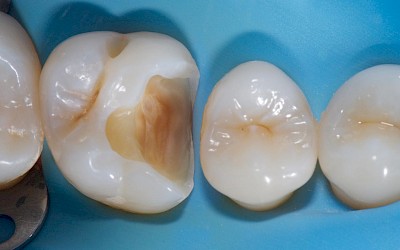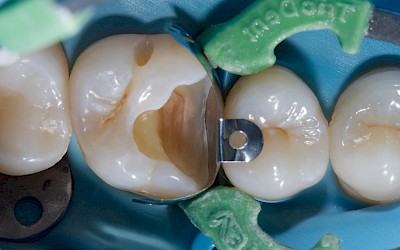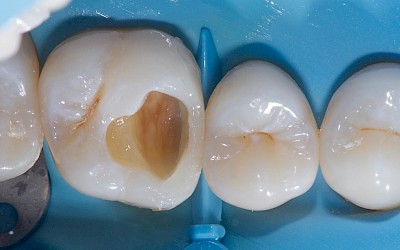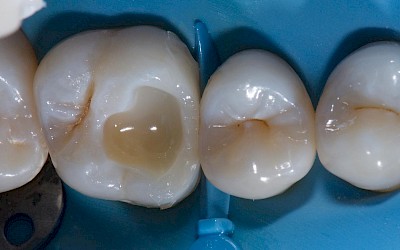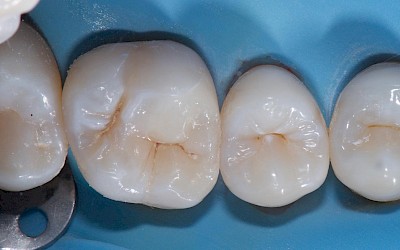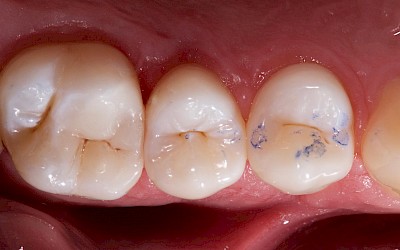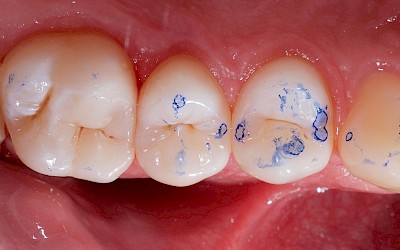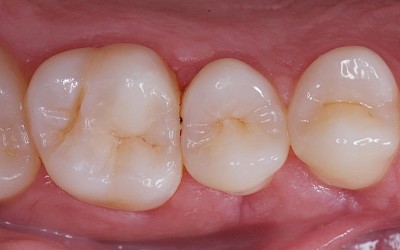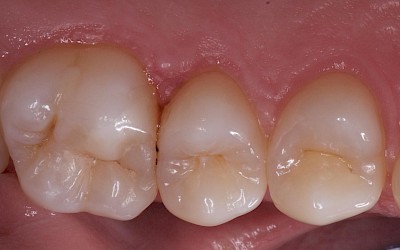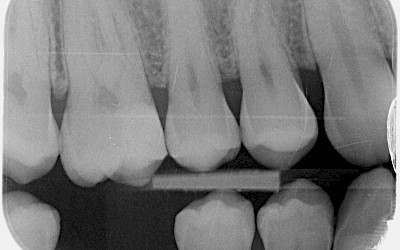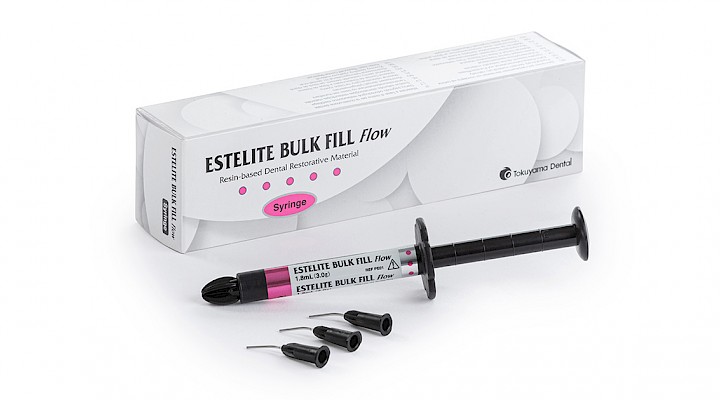
Bulk and body posteriors
In the daily practice of the average restorative dentist, caries in posterior teeth presents a major part of the treatments applied. Direct resin restorations provide a proven and long-lasting solution; however, during these procedures we face many different challenges. One of them is getting a reliable bond to dentin and enamel, and compensation of composite shrinkage. Conventional techniques and materials requried the use of multiple increments, what resulted in a time-consuming procedure when applied properly. With the introduction of bulkfill materials cavities can be restored with less increments, resulting in faster and more economic procedures. With this we can improove productivity, or use the time saved with the stratification for perfecting the remaining steps of restorative procedures.
Bulk fill materials are now-a-days a reality. In the posterior region they have proven to be the perfect material when used properly. This kind of materials entered the market almost a decade ago, with the skepticism of a big part of the dental community. Years of research are giving amazing results on the clinical performance of these new generation materials.
Case
Patient presented with a failing and unaesthetic restoration in tooth no. 16. The restoration had visible insufficient gingival margin. Reaction to cold stimuli was normal. Local anesthesia was applied, and the rubber dam was placed before removal of the old restoration.
Conclusion
With all these strategies, we can succeed in the everyday dentistry, in feasible times and for long term results. This strategy is used by the author and many colleagues in daily bases, thus, we suggest it regardless of the material because is fast and effective.

Author:
Dr János Grosz
Restorative Specialist at Móricz Dental (Budapest)
Móricz Dental Fogászat
Móricz Zsigmond körtér 3a
1114 Budapest
Hungary
https://moriczdental.hu
- Hirata R, Kabbach W, de Andrade OS, Bonfante EA, Giannini M, Coelho PG. Bulk Fill Composites: An Anatomic Sculpting Technique. J Esthet Restor Dent. 2015 Nov;27(6):335-43.
- Hirata R, Clozza E, Giannini M, Farrokhmanesh E, Janal M, Tovar N, Bonfante EA, Coelho PG. Shrinkage assessment of low shrinkage composites using micro-computed tomography. J Biomed Mater Res B Appl Biomater. 2015 May;103(4):798-806.
- Leprince JG, Palin WM, Vanacker J, Sabbagh J, Devaux J, Leloup G. Physico-mechanical characteristics of commercially available bulk-fill composites. J Dent. 2014 Aug;42(8):993-1000
- Ilie N, Bucuta S, Draenert M. Bulk-fill resin-based composites: an in vitro assessment of their mechanical performance. Oper Dent. 2013 Nov-Dec;38(6):618-25.
- Manauta J, Salat A, Layers, an Atlas of composite resin stratification, Quintessence 2012.
- Scolavino S, Paolone G, Orsini G, Devoto W, Putignano A. The Simultaneous Modeling Technique: closing gaps in posteriors. Int J Esthet Dent. 2016 Spring;11(1):58-81.
